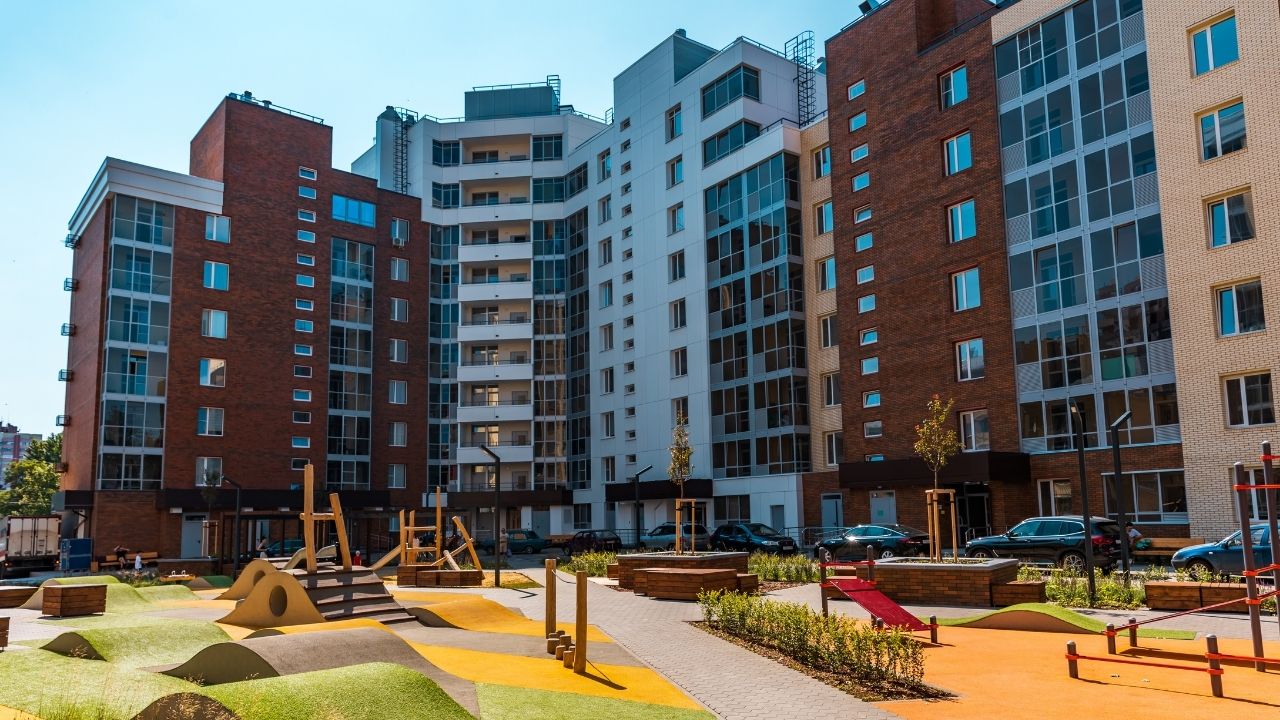Hotel Construction Costs
The hospitality sector continues to expand, drawing in a constant stream of new investors. Constructing hotels remains a highly attractive financial venture. Nevertheless, it’s essential for stakeholders to have a clear understanding of the expenses involved in hotel development before embarking on such a project. Hotels come in a range of sizes and serve various purposes, from basic accommodations to extravagant luxury establishments. Several factors influence the overall cost of building a hotel, including its size, location, amenities, and the intricacy of the services it will provide. This article will delve into the expenditures required for hotel construction.
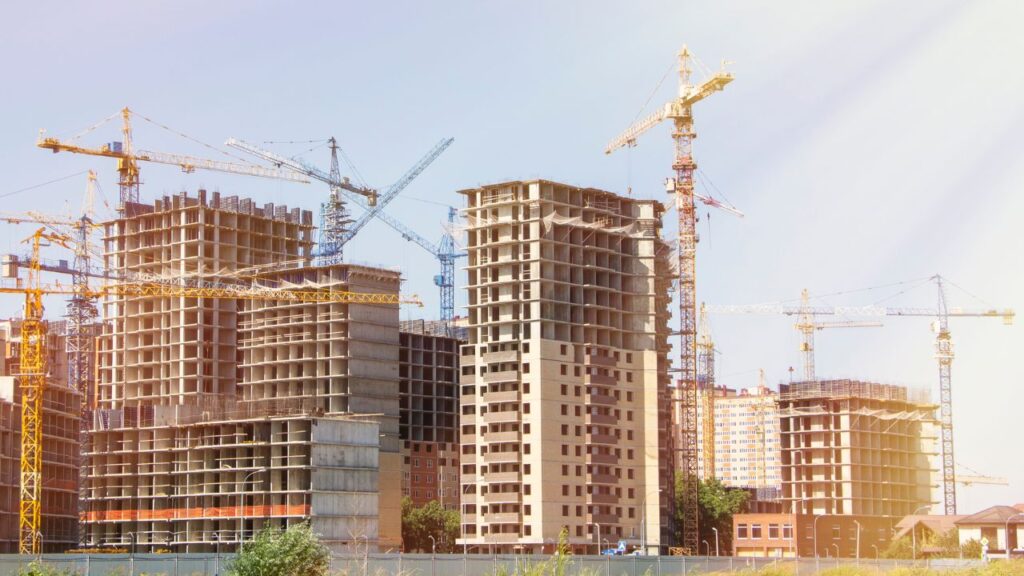
How Did We Obtain This Data?
The data informing our estimated hotel construction costs has been gathered from a diverse array of sources. We have drawn upon construction estimating databases such as Rsmeans, as well as independent publications, alongside reports provided by contractors and suppliers.
Are You Looking For?

Make Informed Design Decisions Showcase Your Design Ideas
Get RenderingAverage Hotel Construction Costs per Square Foot
Now, let’s explore the typical construction expenses associated with building a hotel per square foot. These costs are significantly influenced by the hotel’s dimensions and its geographical location. Not all hotels incur identical square footage expenses. According to Statistica, the construction outlay for a three-star hotel varies from $250 to $650 per square foot, depending on the city in the United States. It’s worth noting that the location factor alone can contribute to up to 70% of a hotel’s construction expenses.
HOTEL TYPE | AVERAGE CONSTRUCTION COST PER SQUARE FOOT |
Motel | $200.00 |
3-Star Hotel | $300.00 |
4-Star Hotel | $400.00 |
5-Star Hotel | $600.00 |
The Average Construction Costs Vary By Hotel Category
Beyond just the location, the type of hotel stands out as a major factor influencing costs in hospitality development. It consistently takes a central role in initial cost estimation discussions to determine the expected expenses for a project. The four primary hotel categories include motels, 3-star, 4-star, and 5-star establishments.
Motel
A motel, designed primarily for motorists, features rooms with direct access from the parking area. Motels originated in the 1920s with the growth of highways and increased long-distance travel, creating a need for lodging near major roadways. Motels are typically 2 to 3-story structures with limited amenities. Construction costs for motels vary across different cities. The average construction cost for motels per square foot in the US is $200. Because motels offer fewer amenities, the cost to build a room in a motel is notably lower, averaging around $80,000 for a room with similar accommodation capacity.
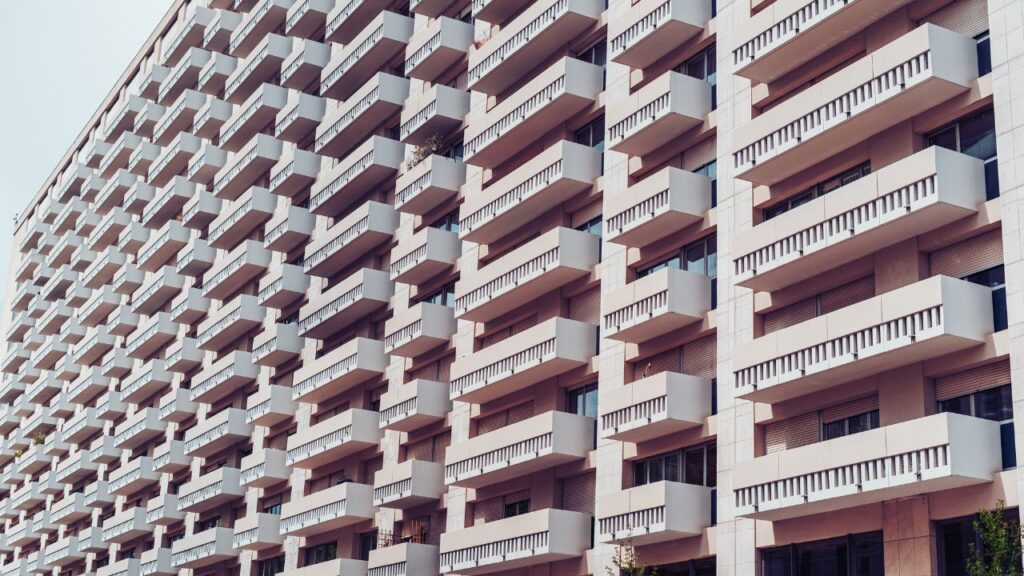
3 Star
A three-star hotel provides moderate amenities, emphasizing comfort with a three-star rating. These hotels are typically situated near highways, business hubs, and airports, catering to travelers seeking brief yet comfortable stays. They often feature fitness facilities and swimming pools, as well as in-room phone service and WiFi. The average construction cost for a 3-star hotel is $300 per square foot, resulting in an average room construction cost of approximately $250,000.
4 Star
A four-star hotel offers superior deluxe services, often located near city centers and boasting exclusive amenities like spas, in-house gyms, and pools. These hotels provide designated reception areas and serve breakfast and dinner throughout the week, earning them a comfort rating of 4. Due to their expanded amenities, construction costs for 4-star hotels are higher, with an average price of $400 per square foot. Consequently, building a room in a 4-star hotel averages around $350,000.
5 Star
Five-star hotels provide the highest level of luxury with sophisticated accommodations and personalized guest experiences. These hotels not only meet but often exceed expectations for luxury, decor, and comfort. They offer services such as childcare, a high staff-to-room ratio, multilingual staff, and outstanding amenities like superior guest rooms, night lighting, pools with daybeds and umbrellas, gyms, and spa services. Additionally, they feature communal and shopping areas. Given the extensive amenities offered in these establishments, construction costs are notably higher, averaging $600 per square foot. Consequently, the average cost to construct a single room in a five-star hotel is around $650,000.
Apartment Building Cost Estimator
The national average cost to build an apartment building is between $6 and $60 million, with most people needing to pay around $15 million for a 5-story mid-rise apartment building with a total of 50 units. This project’s low cost is $1030,000 for a duplex apartment building using basic building materials. The high cost is $127 million for a luxury high-rise apartment building with 100 units.
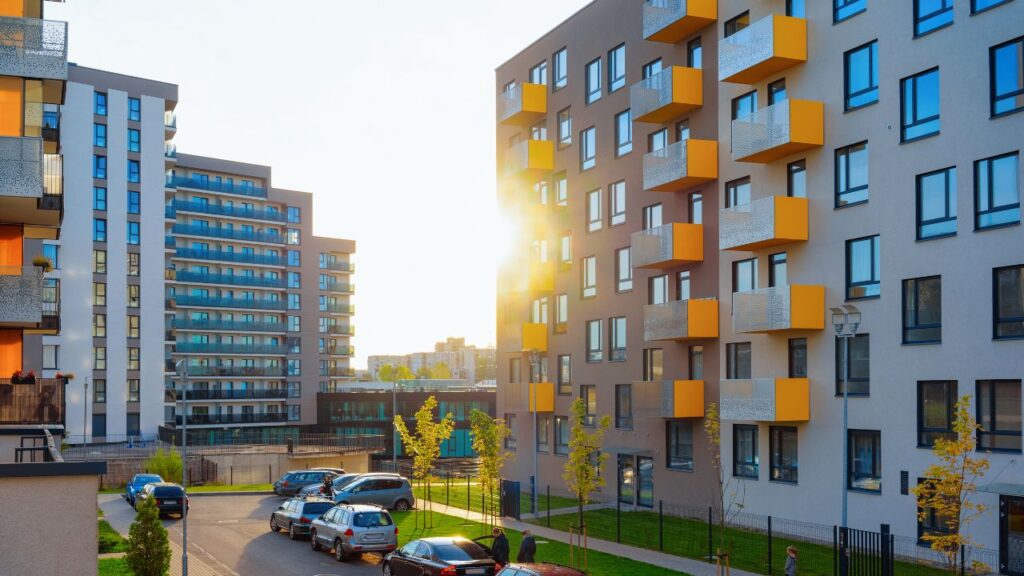
Hotel Construction Cost Breakdown
The process of building a hotel involves various construction costs that can fluctuate depending on factors like size, room quantity, materials used, and land expenses. It’s crucial to comprehend these cost components to establish accurate budget estimates. Below, we will delve into the breakdown of the expenses typically associated with hotel construction.
Land Costs
Land costs play a significant role in the overall expenses of hotel construction. In certain areas, these costs can represent as much as 70% of the project’s total budget. However, on average, land expenses make up about 15% of the project’s overall cost. Therefore, it’s essential to establish a realistic budget to accommodate land costs. These expenses encompass the purchase price of the land and incorporate financing, taxes, licensing, and real estate fees. While they are a one-time expenditure, land costs can profoundly impact the project’s profitability, as new construction projects often enhance the land’s value.
Soft Costs
Soft costs, also known as indirect costs, relate to intangible elements of a construction project. Examples of these costs include design fees, taxes, and insurance. Design fees cover expenses for feasibility studies, design work, and project planning. Additionally, soft costs encompass inspection fees, which entail charges for building permits, inspections, and occupancy permits, all of which are crucial for obtaining the necessary authorizations to commence a project. Equipment, tools, and rentals, while not directly associated with the final project outcome, are indispensable expenses for keeping the project running. Other soft costs
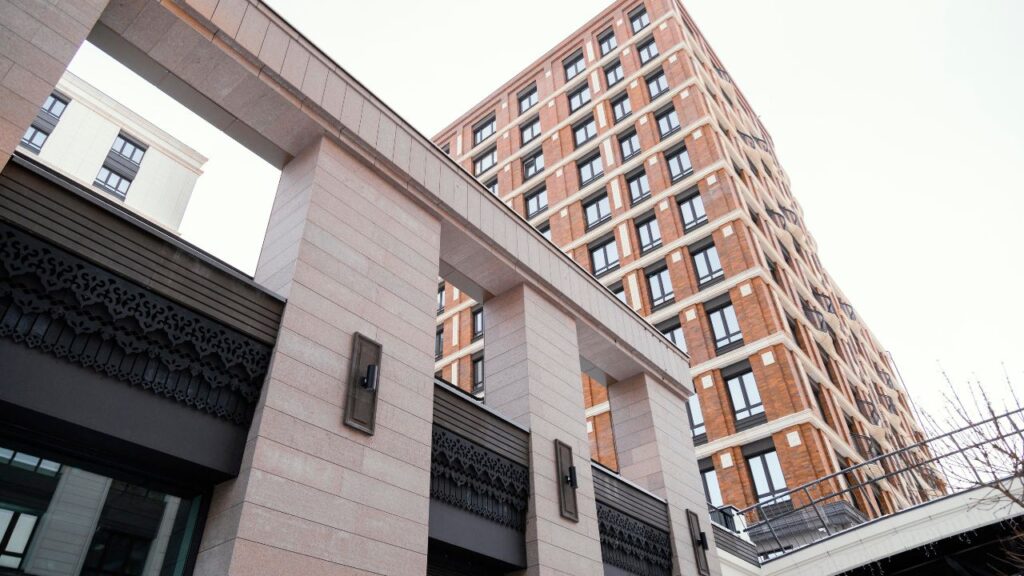
encompass professional dues, insurance, project management, and loan interests. These costs typically constitute around 12% of the total project expenses.
Hard Costs
Hard costs pertain to tangible, physical construction expenses. Generally, hard costs account for approximately 70% of the overall construction budget. These expenses encompass labor and materials, site preparation, landscaping, contingencies, overhead, and change orders. Labor and material costs can vary by location, covering all the materials and workforce needed for the hotel’s construction. Site preparation and landscaping hard costs involve expenses such as paving, grading, site piping, tree planting, lawn maintenance, and land beautification. Contingencies are funds set aside to address unforeseen conditions, and change orders account for additional costs when the project scope deviates from the original plan.
Working Capital
Working capital refers to operational reserves necessary to cover technical service fees and purchase inventory before the commencement of hotel operations. While not factored into construction costs, working capital is vital for initiating hotel operations, typically ranging from 1% to 4% of the total project expenses.
Are You Looking For?

Make Informed Design Decisions Showcase Your Design Ideas
Get RenderingFF&E Costs
Furniture, Fixtures, and Equipment (FF&E) are indispensable for a fully functional hotel. Guest rooms, conference facilities, and business centers rely on FF&E for smooth operations. This category includes standard furniture like desks, chairs, shelves, headboards, partitions, tables, and podiums, as well as essential equipment such as computers, projectors, televisions, and printers. FF&E purchase costs typically amount to approximately 5% of the initial total construction expenses, but they may increase up to 9% over the hotel’s lifecycle due to renovation and item replacement needs.
Factors Influencing Construction Costs
When embarking on a hotel construction project, it’s vital to consider several key factors that have a substantial impact on costs. Below, we’ve outlined some of the most common factors that affect hotel construction expenses.
Location
The project’s location is a primary driver of construction costs. Constructing a hotel in a high-value area typically results in a higher property value, but it also comes with increased land acquisition costs. Remote locations entail higher expenses due to elevated transportation costs for labor, equipment, and materials. Additionally, varying design and planning regulations, as well as distinct tax and environmental requirements, can significantly influence construction costs.
Site Conditions
Site conditions are another critical factor affecting hotel construction costs. Extreme weather conditions, seismic activity, mountainous terrain, groundwater levels, poor soil quality, and the need for stream crossings can all impact construction expenses. Overcoming challenges posed by adverse site conditions may require a larger labor force, further increasing costs.
Finishes
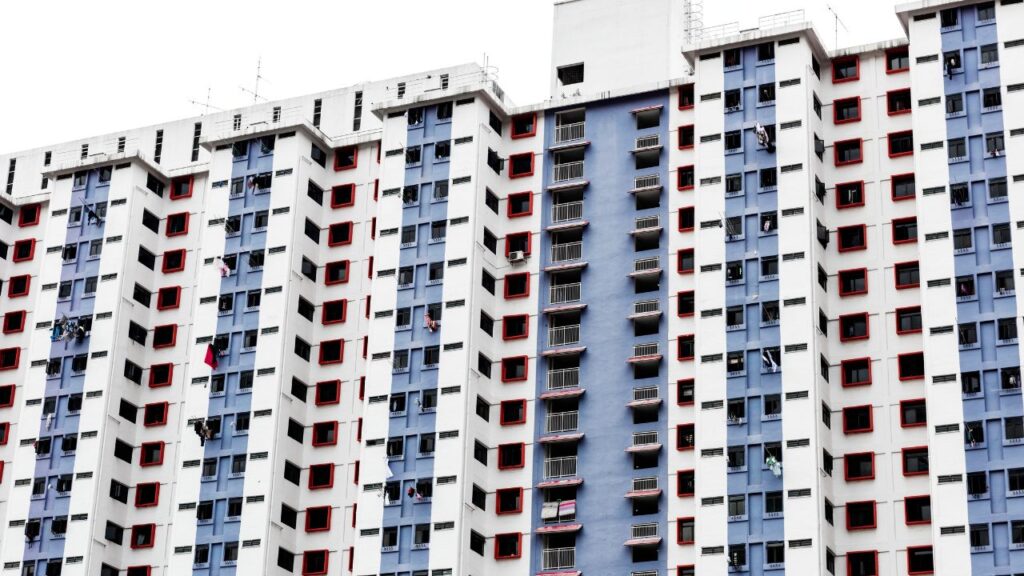
The cost of finishes and furnishings can easily be underestimated in construction cost estimates. These elements represent some of the most expensive aspects of a building project, often surpassing the cost of roofing materials. Clients seeking a luxurious appearance typically allocate more of the project budget to finishes. Interior finishes in a hotel include items such as cabinets, doors, paint, tiles, lighting, and mirrors. Moreover, ongoing costs for upgrading finishes accumulate over time. Exterior finishes, aimed at enhancing the hotel’s aesthetics, encompass expenses related to walls and landscaping, and these costs also vary based on client preferences and project type.
Size
The size and scope of a project significantly affect construction costs. Larger hotel projects require more materials and labor for completion, potentially necessitating the employment of highly skilled labor for more extensive undertakings. In general, projects with intricate and extensive requirements tend to be more costly.
Timescale
Hotel construction projects are typically time-consuming endeavors, and the duration of a project directly impacts its costs. Longer construction timelines result in higher expenses, partly due to increased resource utilization. Accelerating project completion by deploying additional resources can mitigate these costs. Furthermore, when projects extend over a lengthy period, it’s crucial to account for inflation, which can vary widely but often falls within the range of 1-2% per annum, though it can occasionally reach as high as 10% per annum.
Are You Looking For?

Make Informed Design Decisions Showcase Your Design Ideas
Get RenderingRegulatory And Insurance Requirements
Regulatory and insurance requirements can add significant expenses that must be factored into cost estimations. General insurance requirements may encompass performance and payment bonds, as well as contractors’ public liabilities. Some projects may entail additional regulatory demands that result in extra costs.
The Average Hotel Construction Costs
When examining the numbers, we can determine the typical construction costs for hotels. As expected, the level of luxury significantly impacts the overall expenses. For instance, a modest 2-3 story motel facility carries an average cost of approximately $7,265,000.
For a 100-room three-star hotel, the total construction expenses amount to roughly $22.1 million.
Defining precise average construction costs can be challenging due to the multitude of variables involved. Does the hotel feature a swimming pool, an elegant lobby, or a fitness center? Despite this variability, a study conducted by Cushman and Wakefield has provided average hotel construction costs, categorized into five classes. This study assumes each hotel class comprises 115 rooms. Based on these averages, the following are the typical construction costs for hotels within these categories:
- Midscale hotels: Approximately $16,905,000.
- Upper midscale hotels: Around $20,125,000.
- Upscale hotels: Roughly $27,025,000.
- Upper upscale hotels: Approximately $47,035,000.
- Luxury hotels: An estimated $187,450,000.
A four-star hotel with 100 rooms has an average construction cost of about $35.00 million, while a 100-room 5-star hotel requires over $100 million for construction.
Conclusion
The hospitality sector’s continuous growth has made hotel construction a compelling venture for investors. However, understanding the intricacies of hotel development costs is essential for stakeholders. Hotels vary widely in size and purpose, spanning from basic accommodations to lavish luxury establishments. Multiple factors come into play when determining the total cost of constructing a hotel, including location, size, amenities, and the complexity of services provided. We’ve explored the breakdown of these costs, touching on land expenses, soft and hard costs, working capital, and FF&E costs, all of which contribute to the overall budget. The type and category of a hotel, along with various other factors like site conditions, finishes, project size, timescale, and regulatory requirements, significantly impact construction expenses. Finally, we’ve highlighted average construction costs based on different hotel categories, emphasizing how luxury levels affect the overall investment. This comprehensive guide serves as a valuable resource for those considering hotel construction projects and offers insights into the complexities of budgeting in this dynamic industry.
FAQs
The data informing our estimated hotel construction costs has been sourced from various reliable outlets, including construction estimating databases such as Rsmeans, independent publications, and reports provided by contractors and suppliers.
The average construction costs per square foot for different hotel types vary significantly. For instance, the construction cost for a three-star hotel ranges from $250 to $650 per square foot in the United States. To provide more insight, here is a summary of the average construction costs per square foot for various hotel types:
- Motel: $200.00
- 3-Star Hotel: $300.00
- 4-Star Hotel: $400.00
- 5-Star Hotel: $600.00
The category or type of hotel plays a substantial role in determining construction costs. Generally, more luxurious hotels tend to have higher construction costs. The primary hotel categories include motels, 3-star, 4-star, and 5-star establishments, each offering different levels of amenities and services.
Several factors can significantly influence hotel construction costs, including site conditions, finishes, size of the project, timescale, and regulatory and insurance requirements. Extreme climatic conditions, seismic zones, challenging topography, poor soil conditions, and site-specific obstacles can all impact expenses.
Soft costs, also known as indirect costs, encompass non-tangible expenses associated with a construction project. These costs include design fees, taxes, insurance, and other intangible items essential for the project’s completion. Soft costs typically make up around 12% of the total project expenses.
Hard costs pertain to tangible, physical construction expenses, such as labor, materials, and structural elements. They are a major component of the construction budget and often account for approximately 70% of the total construction costs.
The size and scope of a hotel project have a substantial impact on construction costs. Larger projects require more materials and labor, potentially involving highly skilled workers. More intricate and extensive projects generally come with higher expenses.
The timescale of a hotel construction project can directly affect costs. Longer construction durations lead to higher expenses due to increased resource utilization. It’s crucial to consider inflation rates, which can range from 1-2% per annum but may occasionally reach as high as 10% per annum for extended projects.
Yes, regulatory and insurance requirements can result in additional expenses that need to be factored into cost estimations. These requirements may include performance and payment bonds, contractors’ public liabilities, and other specific regulatory demands.
The cost of constructing a room in a hotel varies based on its category. For instance, a 100-room three-star hotel costs approximately $250,000 per room, while a 100-room 5-star hotel can cost over $650,000 per room due to the higher level of luxury and amenities provided.
Process To Get Apartment Building Cost Estimate Report
Here I am going to share some steps to get your apartment building cost estimate report.
-
You need to send your plan to us.
You can send us your plan on info@estimatorflorida.com
-
You receive a quote for your project.
Before starting your project, we send you a quote for your service. That quote will have detailed information about your project. Here you will get information about the size, difficulty, complexity and bid date when determining pricing.
-
Get Estimate Report
We do apartment building cost estimating and prepare a detailed report for your project. At last you finalize the report and finish the project.
Google Reviews





